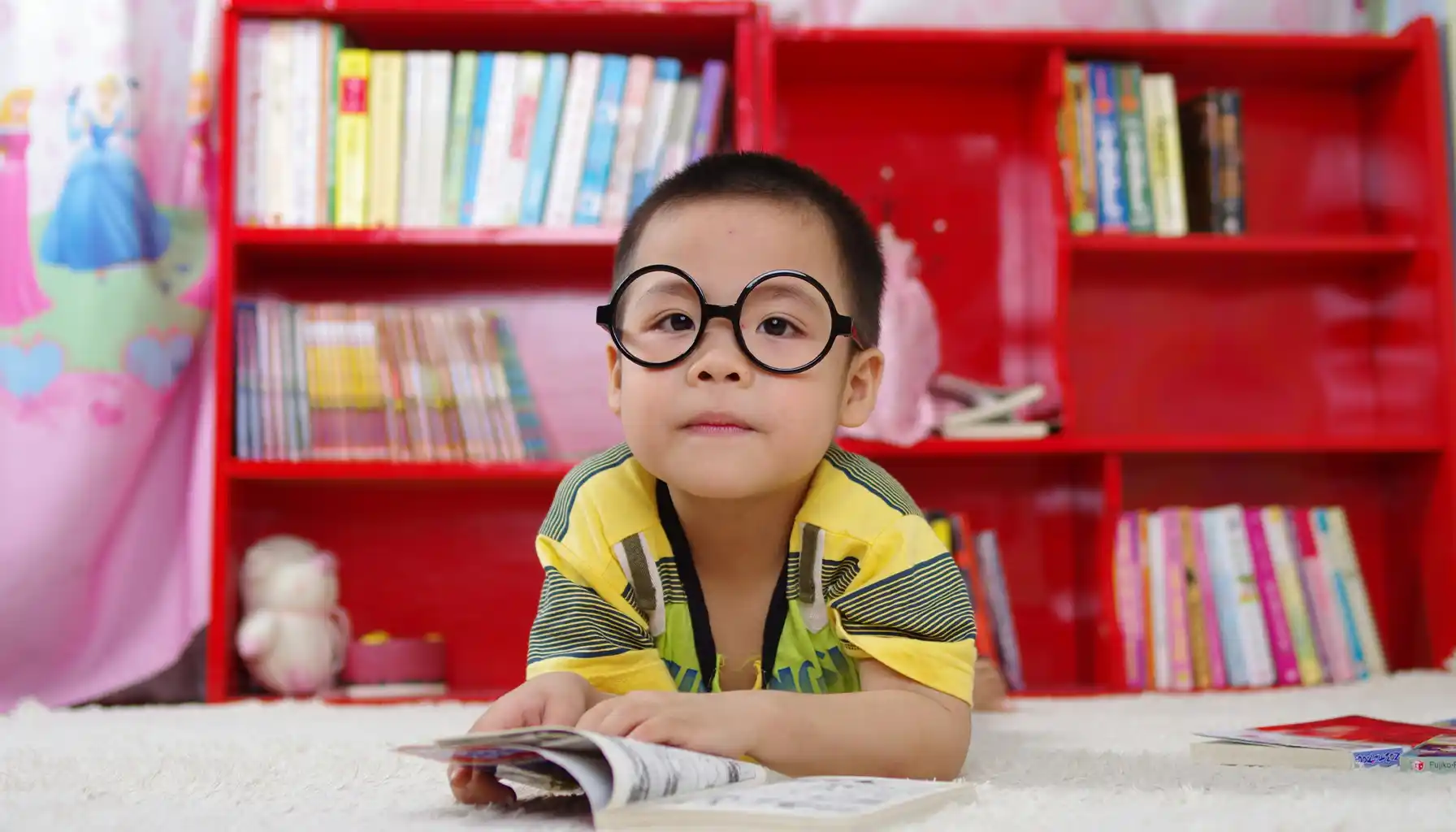Top Coordination Exercises for Better Body Control
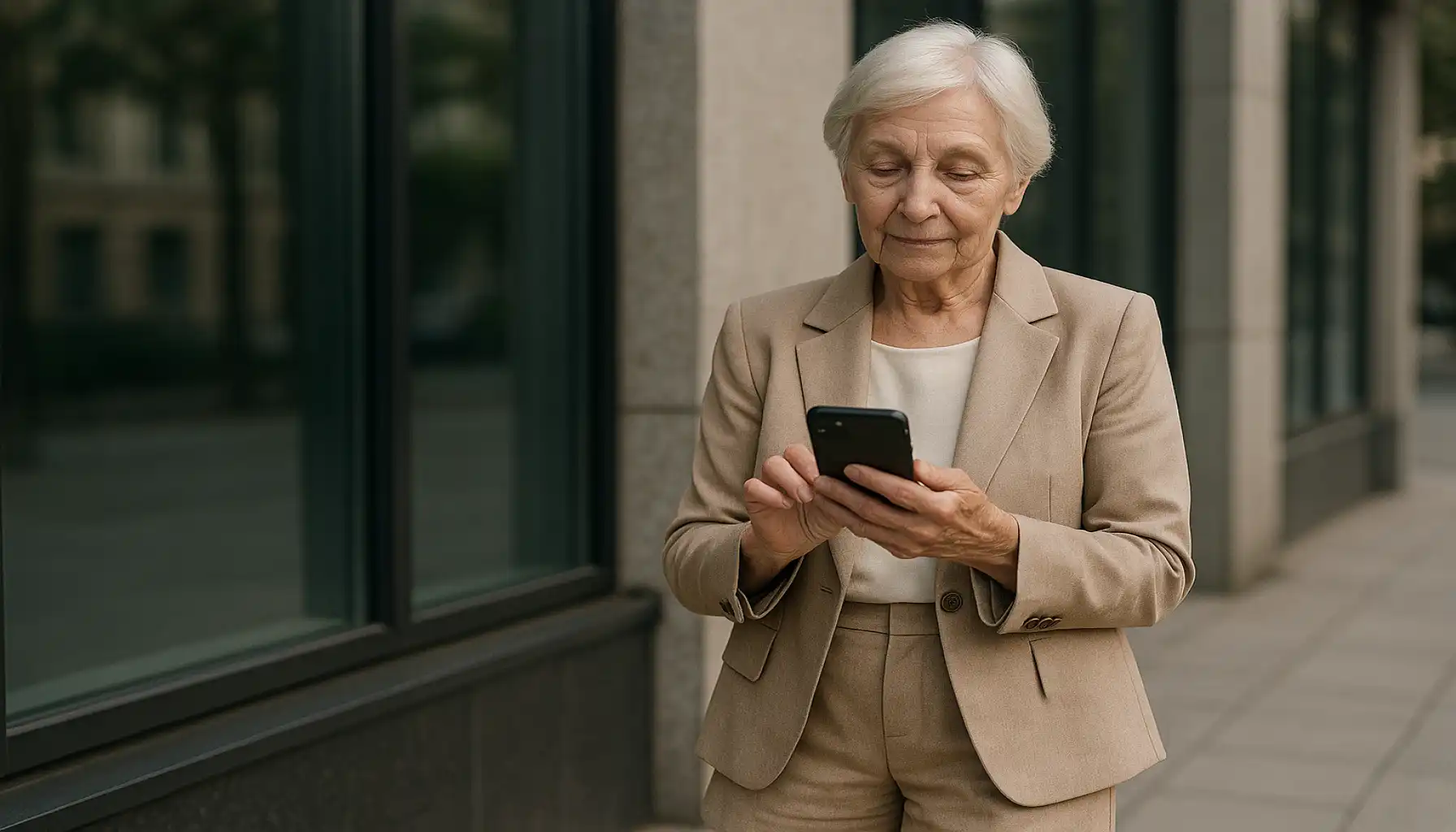
Contents:
Body control is not only about muscle strength, it's also about the ability of your brain and body to work together in harmony. Imagine a dancer who effortlessly performs complex pirouettes, or an athlete who changes direction at the last second to intercept the ball. This is all about showing excellent coordination and control over the body.
What Is Coordination?
It is the ability of the body to perform movements accurately, smoothly and efficiently using the muscles of each group. Good coordination helps us not only in sports, but also in everyday life – from how we walk to how we lift heavy bags or play with children. Developing fine motor coordination exercises is essential for tasks like writing and drawing.
If you want to improve your body control, coordination is the key. The best part is it can be trained. And there is no need to be a professional athlete to get started. Simple exercises that can be performed even at home are enough.
There is the list of top exercises that will help you to feel more confident within your body. A comprehensive coordination exercises for stroke patients PDF can provide structured rehabilitation plans.
Check our free brain games online!

Why Is Coordination Important?
Before moving to the exercises, let's understand why coordination is so important.
Improving athletic performance: In any sport, be it football, basketball, tennis, swimming, or even yoga, good coordination plays a key role. It allows you to perform movements more clearly, react faster and maintain balance. Performing exercises for balance and coordination can reduce the risk of falls in elderly age.
Reducing the risk of injury: The better your body is coordinated, the less likely you are to stumble, fall, or get sprained. Your brain processes information faster and sends the right signals to your muscles for stabilization.
Increased confidence in movement: When you have good control of your body, you feel more confident and graceful. It reflected in your gait, posture, and general sense of self.
Improving daily life: Coordination is important not only for sports. It helps us climb stairs, carry things, dance, play with children, and perform many other everyday tasks without any effort. Sometimes after surgery, patients often undergo coordination exercises physiotherapy to restore normal movement patterns.
Brain development: Coordination training is a kind of "charging" for the brain. This improves our neural connections, develops spatial thinking and the quick adaptation ability.
How to Do Coordination Training Exercises?
When training coordination, it is important to follow several principles:
Start with the simplest and gradually make it more difficult: Don't try to do the most difficult exercises right away. Start with the basic movements and add new elements as you feel more confident.
Be attentive to your movements: Focus on what you are doing. Feel how your muscles work, how your body moves.
Regularity is the key to success: It's better to exercise a little, but regularly, than once a week, but for a long time. Even 10-15 minutes a day will bring tangible results.
Use a variety of exercises: Don't focus on one or two exercises. The more different movements you perform - the better.
Don't be afraid of mistakes: they are part of the learning process. If something doesn't work out immediately - don't worry. Just try again.
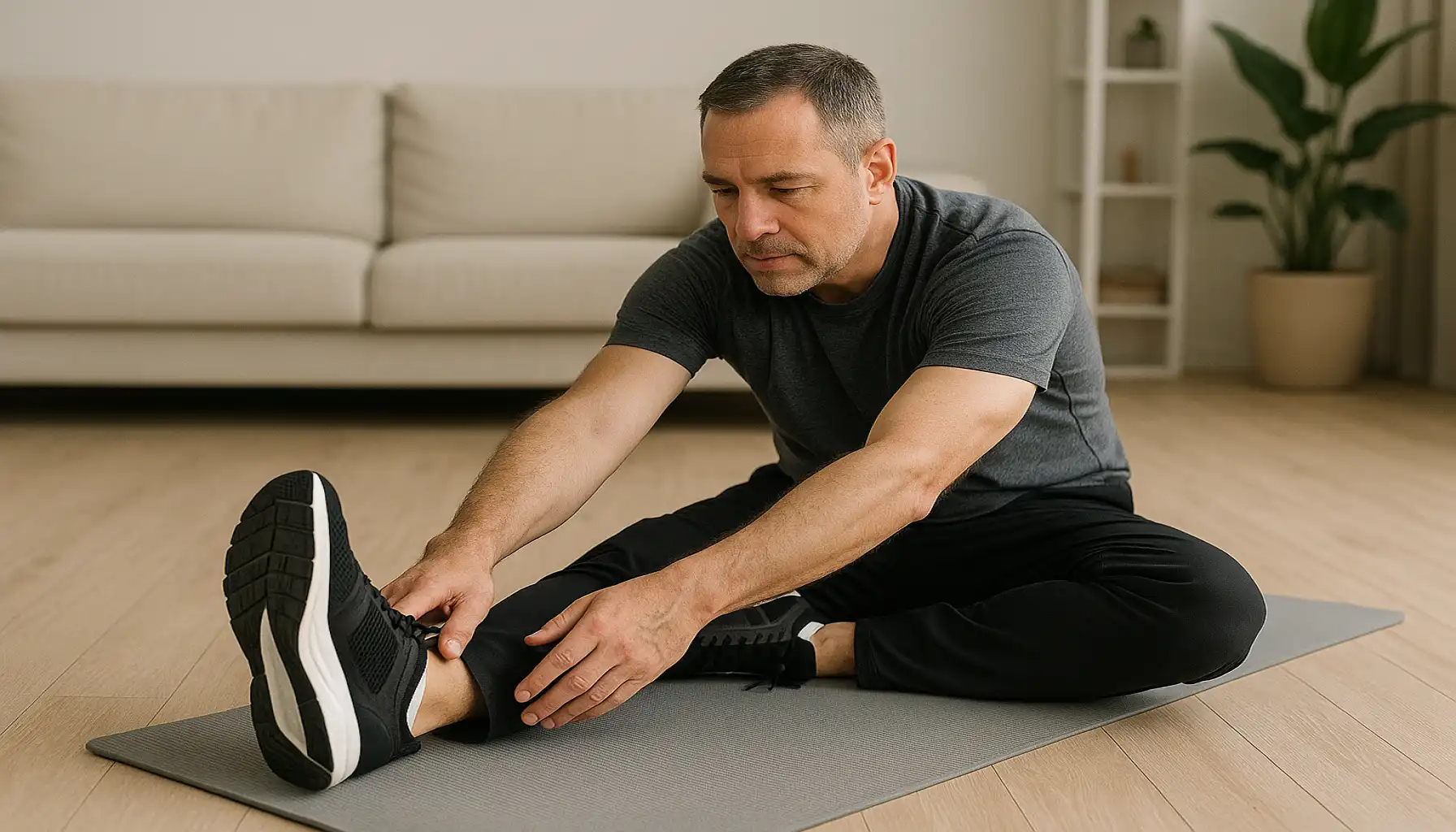
The Best Exercises for Coordination
Now let's move on to specific exercises. I've divided them into several categories for convenience.Physical therapy often includes exercises to improve coordination after an injury.
Balance and Self-control Exercises
This is the foundation of coordination. The better you keep your balance, the more stable and confident you feel. A valuable resource for patients is a compilation of coordination exercises for ataxia PDF documents, offering individual approaches.
Standing on one leg
How to perform: Stand up straight, lift one leg and bend it at the knee. Try to keep balance as long as possible. You can keep your hands on your belt, spread them apart, or fold them in front of you.
Complication: Close your eyes, try to raise your leg higher, make circular movements with your raised leg. Hand-eye coordination exercises are crucial for athletes in sports like tennis and basketball.
Why it is useful: It perfectly develops the stabilizer muscles of the lower leg and foot, improves proprioception (the feeling of body position in space). Many athletes undergo these intensive coordination training exercises to optimize their performance on the field.
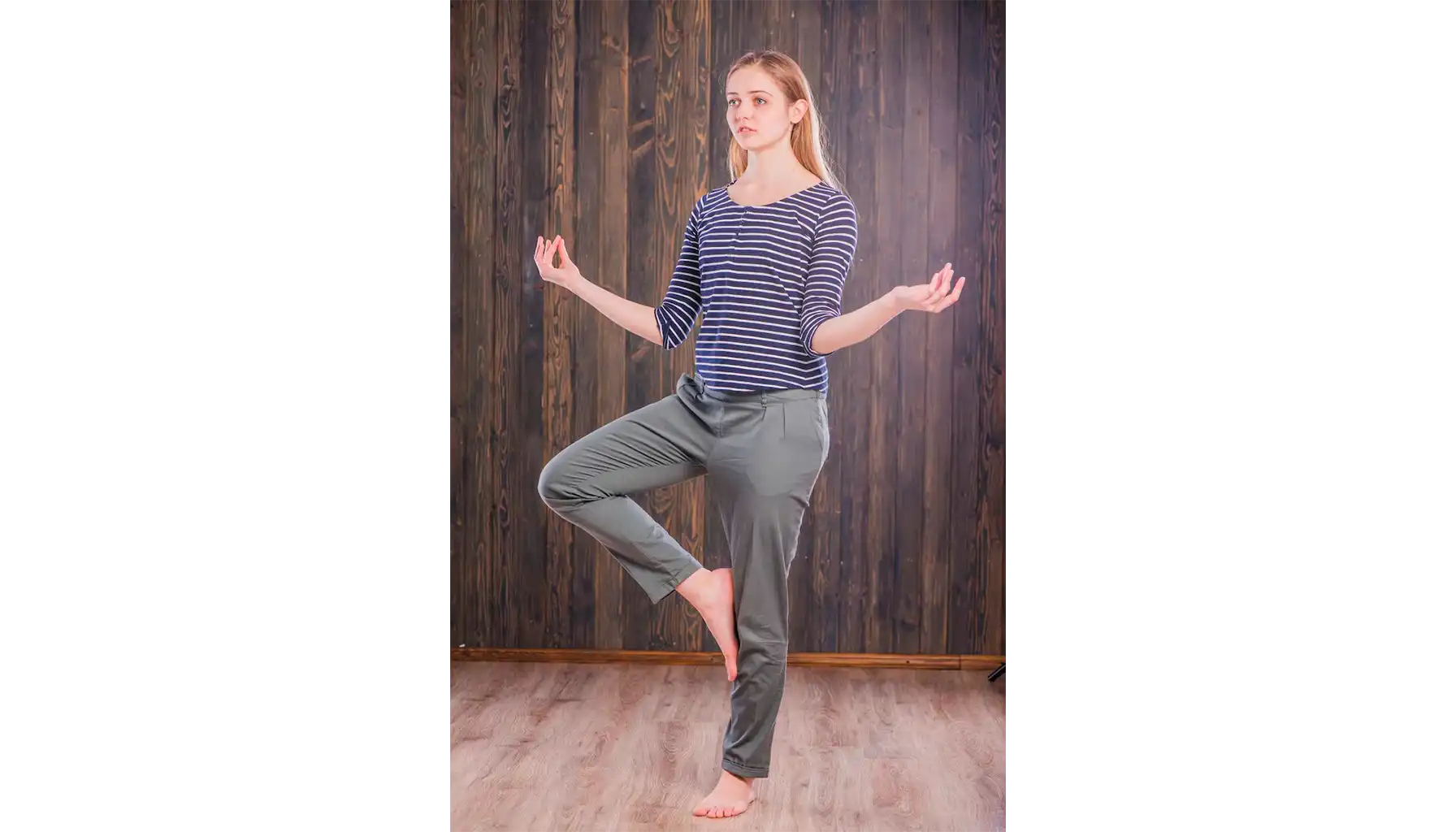
Walking on a line or "tightrope"
How to do it: Draw a straight line on the floor (or use a tile joint). Walk along this line, step the heel of one foot directly in front of the toe of the other, like if you were walking on a tightrope.
Complication: Do this with your eyes closed, try not to look at the ground.
Why it is useful: It develops balance, concentration and eye-body coordination. Gentle balance and coordination exercises for seniors can help maintain mobility.
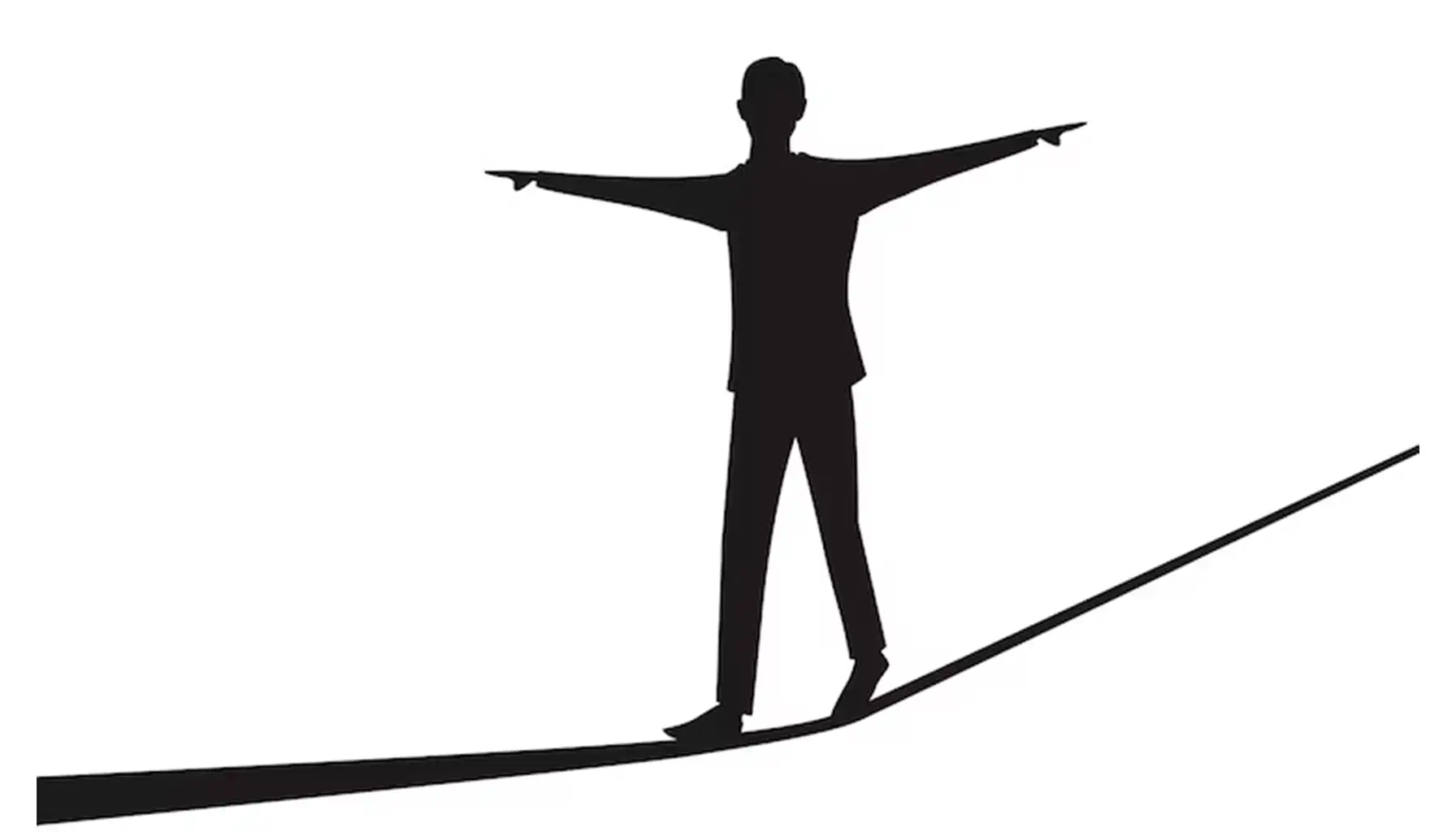
Tandem rack
How to perform: Place one foot directly in front of the other so that the heel of one foot touches the toe of the other. Keep your balance.
Complication: Close your eyes.
Why it is useful: Improves ankle and knee stability, trains proprioception.

Ball Coordination Exercises (or another object)
Working with objects perfectly develops hand-eye coordination, as well as reaction speed. Many effective coordination exercises at home require minimal equipment, such as stepping over household objects.
Tossing and catching the ball
How to perform: Start by simply tossing the ball with both hands and catching it. Then try it with one hand. Doing juggling is a creative way to do exercises for hand-eye coordination.
Complication: Throw the ball higher, clap your hands before catching it, throw the ball against the wall and catch it. Try using a tennis ball or other smaller object. Parents can encourage healthy development with fun bilateral coordination exercises for kids, such as clapping games.
Why it is useful: It improves reaction and movement accuracy.
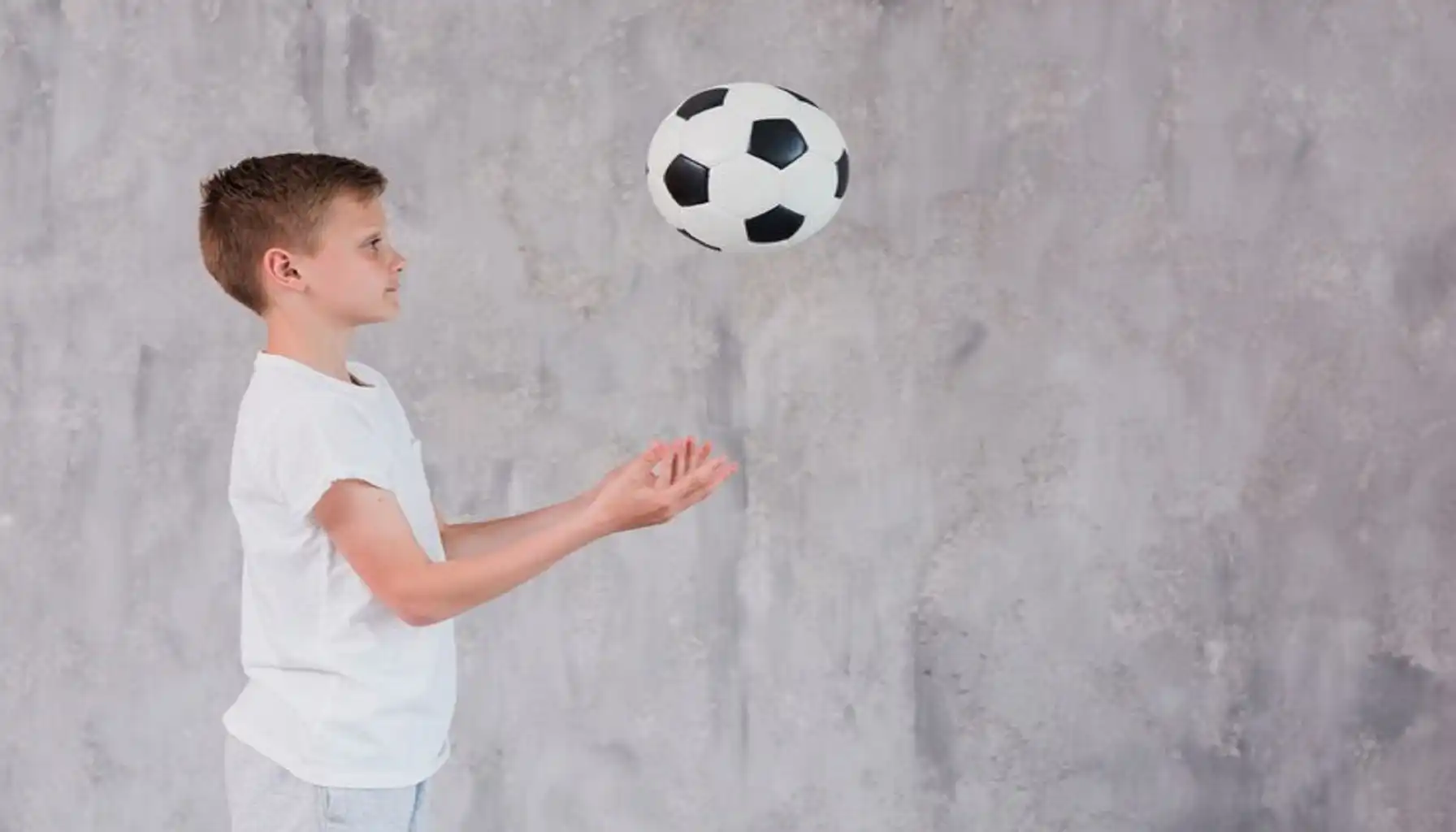
Passing the ball around the body
How to perform: Take the ball and pass it around, changing the direction.
Complication: Do this while standing on one leg, or with your eyes closed.
Why it is useful: Rehabilitation programs often include targeted balance and coordination exercises for stroke survivors to regain motor skills.
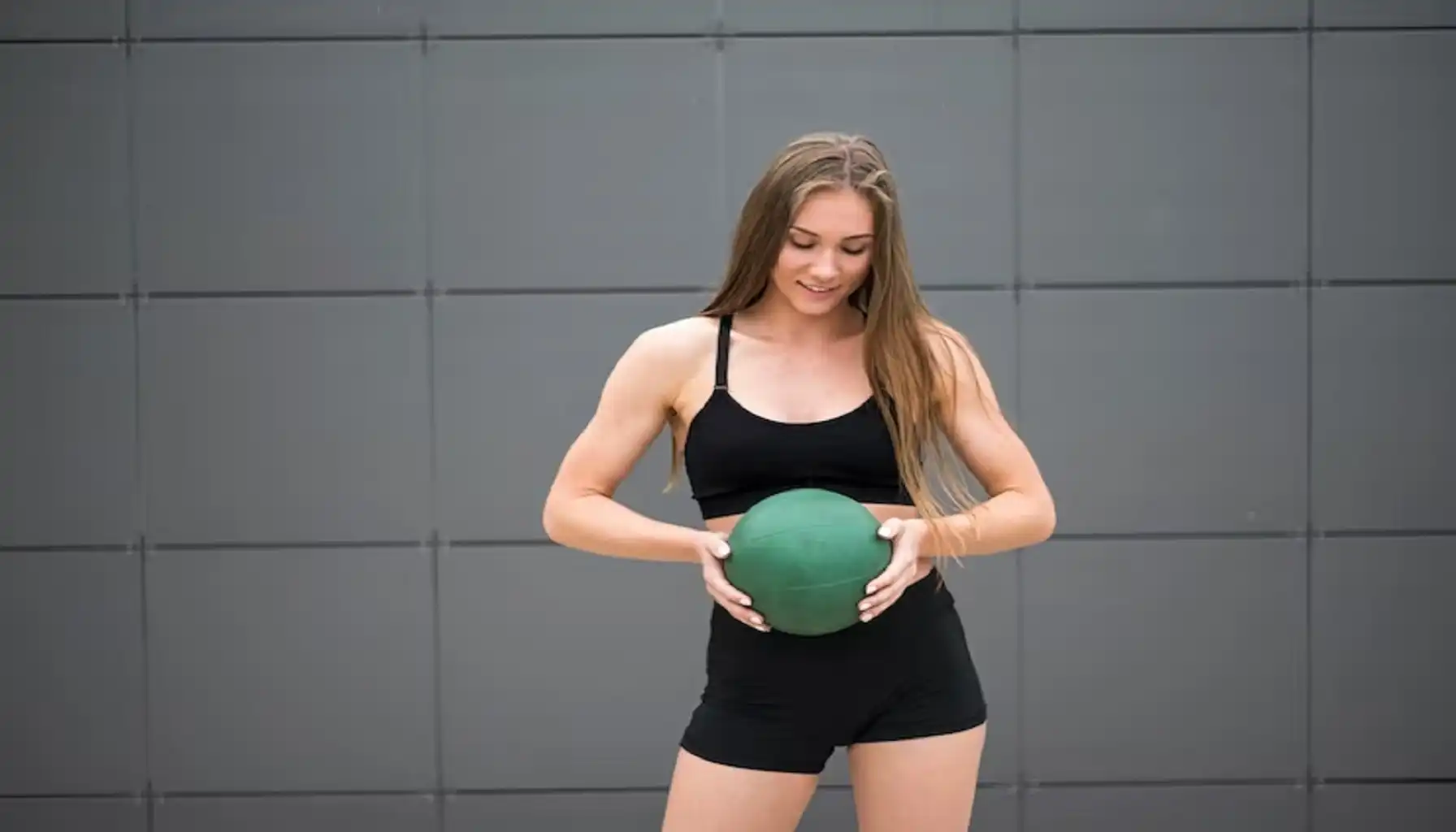
Driving a ball (soccer or basketball)
How to play: If you have a football or basketball, try to guide it with your feet or hands, trying to control its movement.To enhance athletic performance, baseball players regularly practice exercises to improve hand-eye coordination.
Difficulty: Guide the ball by changing direction, avoiding obstacles.
Why it is useful: It's the best way to develop overall body coordination, especially for sport lovers.
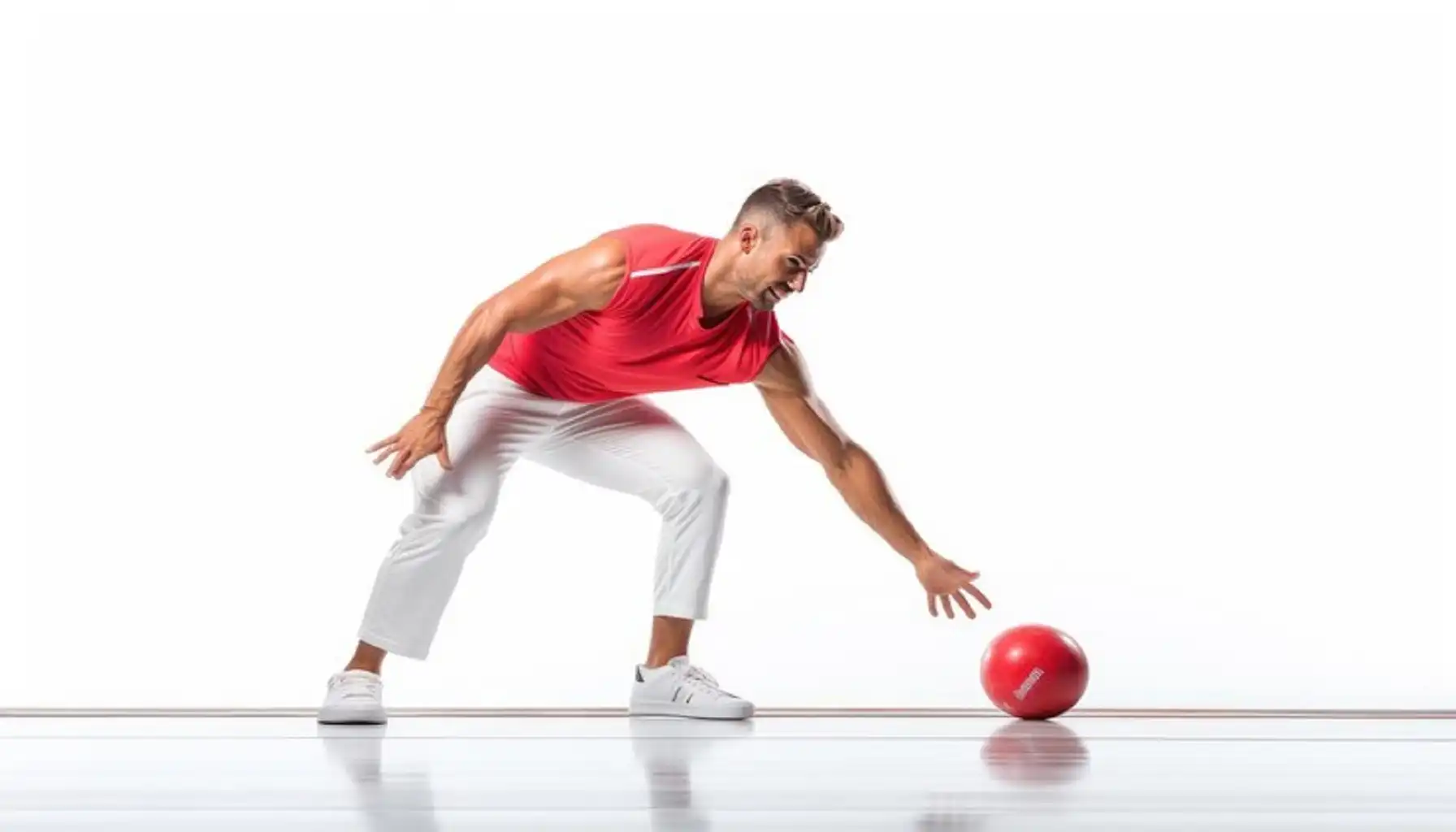
Exercises with Arm and Leg Movements
These neuromuscular coordination exercises help to synchronize the work of different parts of the body. Physical therapists often prescribe lower extremity coordination exercises to aid in rehabilitation after leg injuries.
"Spider" (or "coordination ladder" without ladder)
How to perform: Imagine that there is a ladder in front of you. Move around as if you are stepping over stairs, lifting your knees high. You can move forward, backward, sideways.Specialized coordination exercises for Parkinson's patients focus on improving gait and reducing tremors.
Complication: Increase the speed, add jumps.
Why it is useful: It develops speed, agility, and leg coordination.

Cross movements
How to perform: Standing straight, raise your right arm and left leg at the same time, then lower. Then the left arm and the right leg. Repeat, trying to keep your balance. Regular practice of balance coordination exercises can increase overall physical stability.
Complication: Try touching your left knee with your right elbow, and vice versa.
Why it is useful: It improves interhemispheric coordination, the interaction between the right and left sides of the body. Even typing and writing with a pen are great finger coordination exercises that also engage the brain.
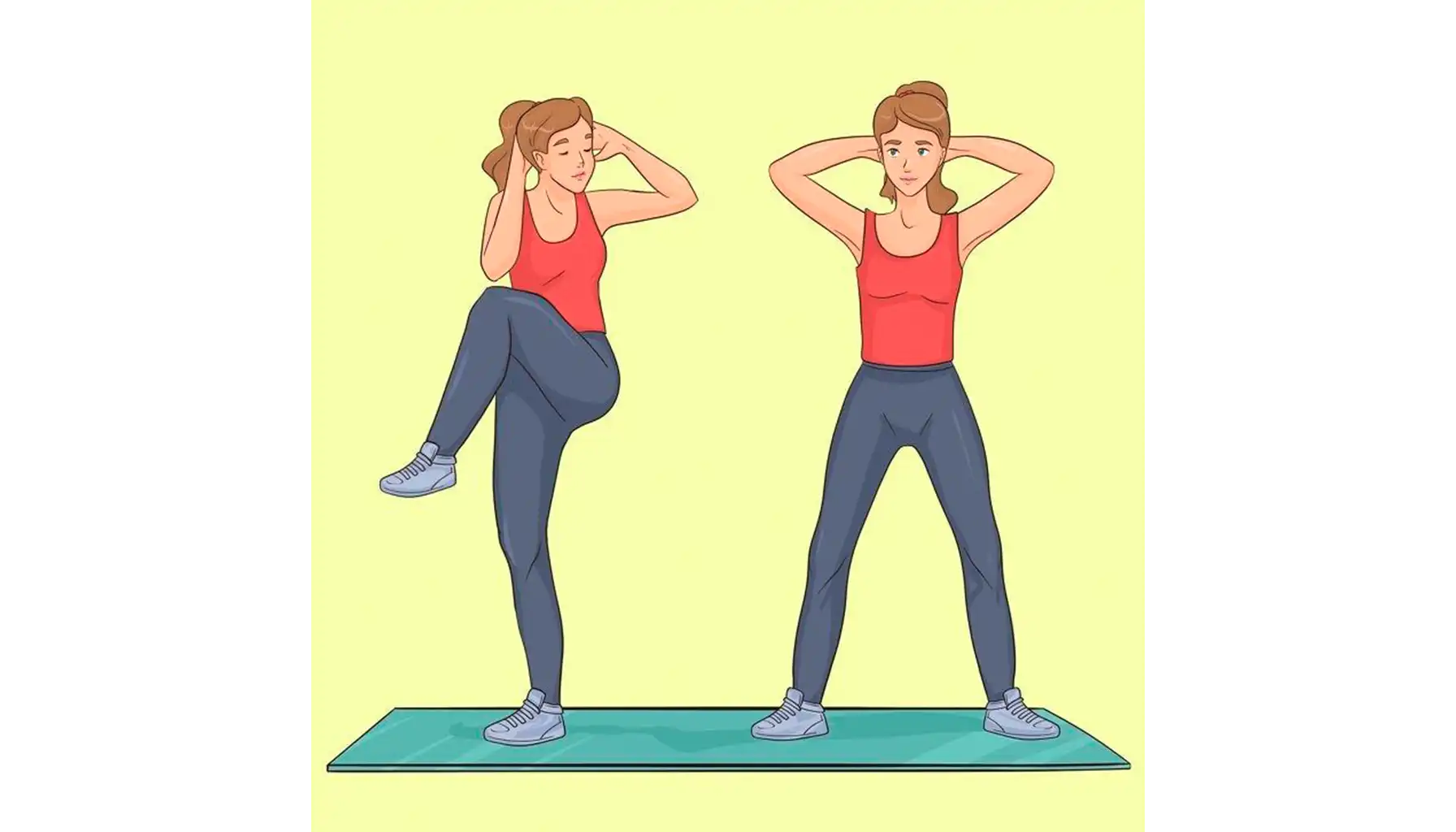
"Asterisk" (jumping jack):
How to perform: Starting position – standing, legs together, arms at your sides. At the same time, with a jump, spread your legs to the sides and raise your arms up through the sides. Then jump back to the starting position.
Why it is useful: It warms up perfectly, improves overall coordination and endurance. Jumping jacks and skipping rope are classic coordination exercises examples.

Dynamic Exercises and Games
These exercises are more difficult and require more control.
Jumping rope
How to perform: Start with simple jumps.
Complication: Try jumping on one leg, cross-jumping, backwards.
Why it is useful: Excellent cardio and great for developing coordination, rhythm, and endurance. For overall fitness, coordination exercises for adults can be incorporated into any workout routine.
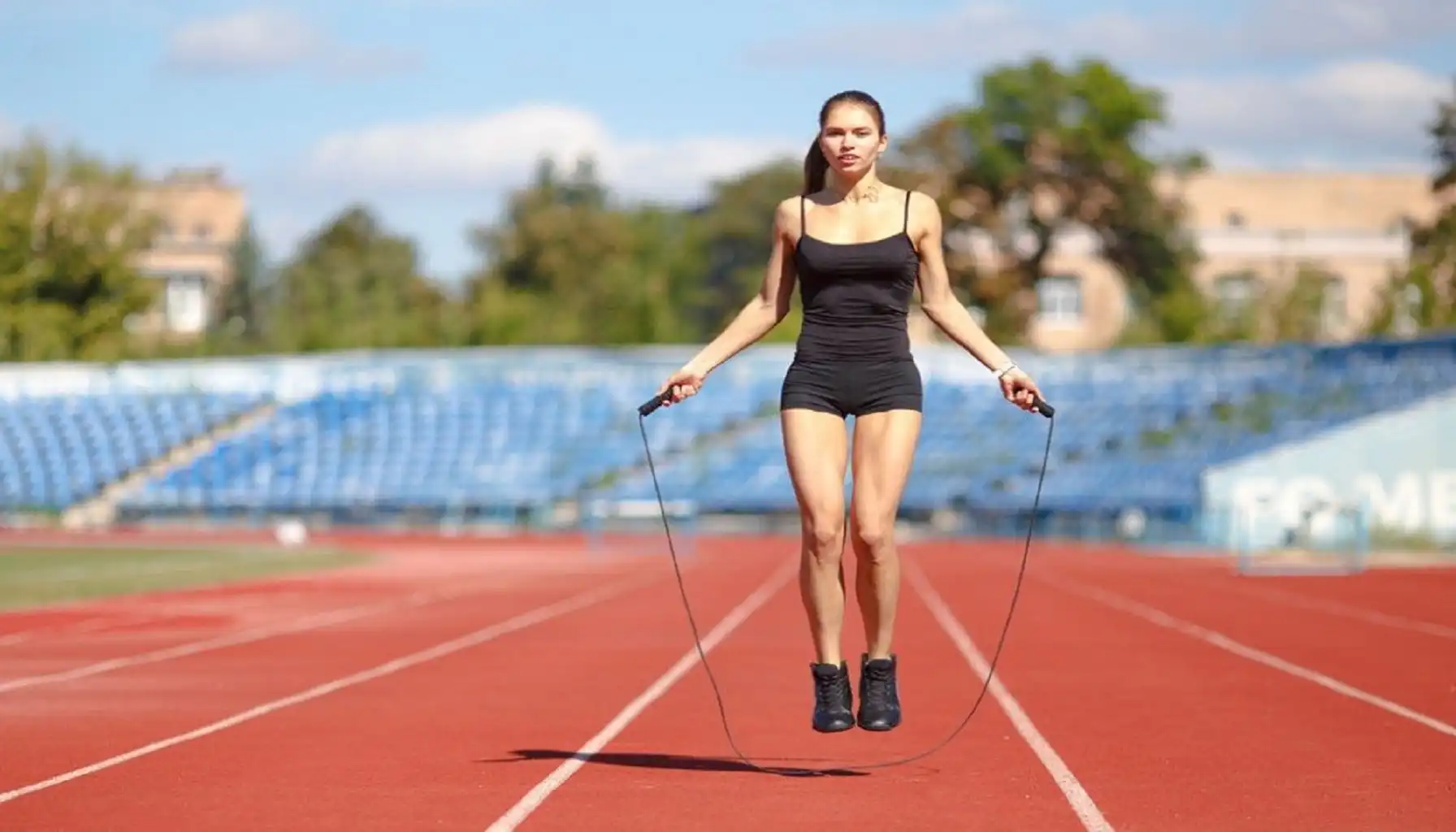
Squats On One Leg (pistol)
How to perform: If you are a beginner, hold on to the support. Stand on one leg, extend the other leg forward. Slowly lower yourself into a squat, as if you were sitting on a chair. Return to the starting position.
Complication: Perform without support, with weights.
Why it is useful: Participating such activities can be enjoyable exercises to improve balance and coordination.
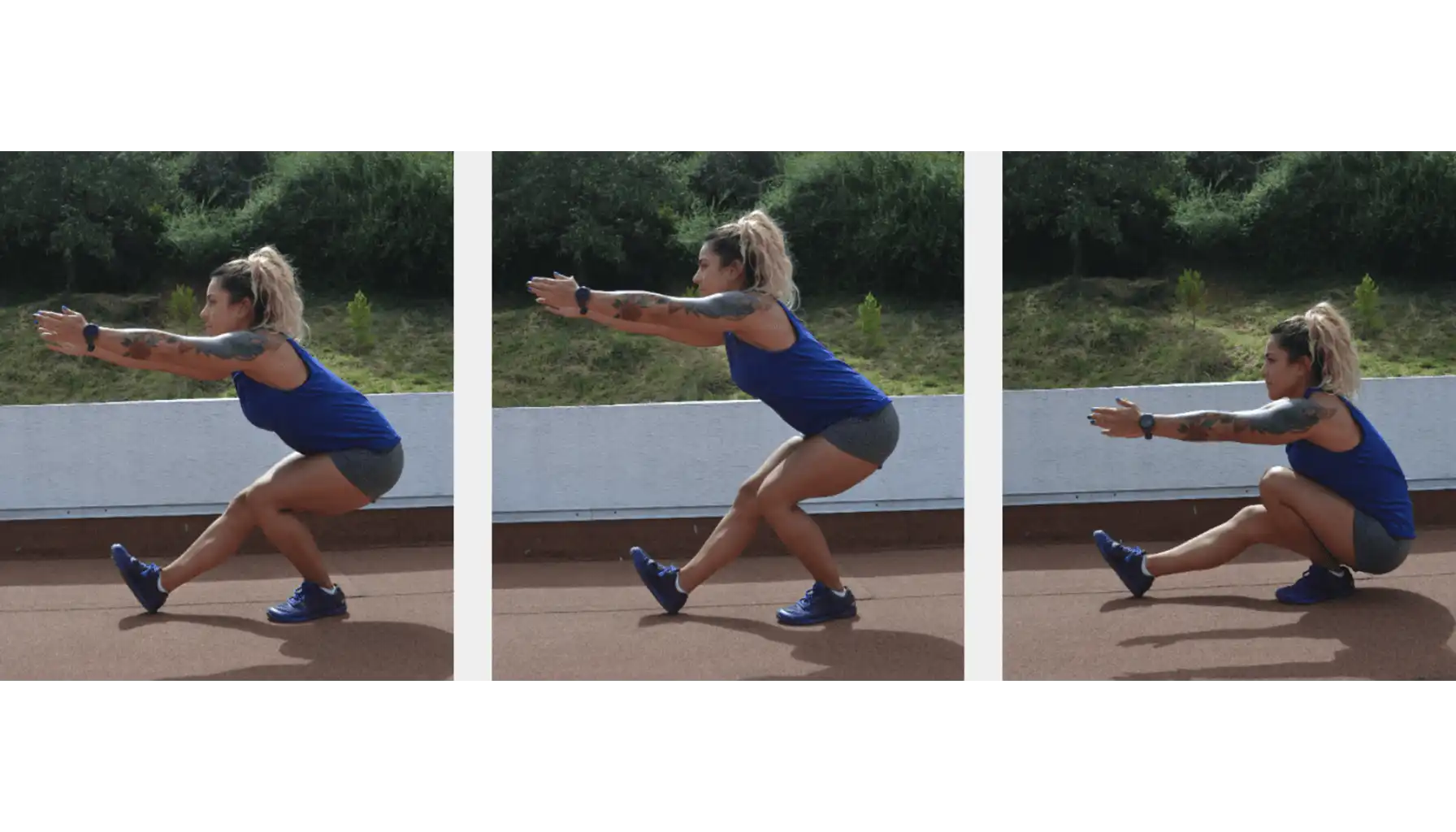
Exercises On the Platform (balancing, if available)
How to perform: Standing or sitting on an unstable surface (balancing platform, pillow, folded towel), try to keep your balance.
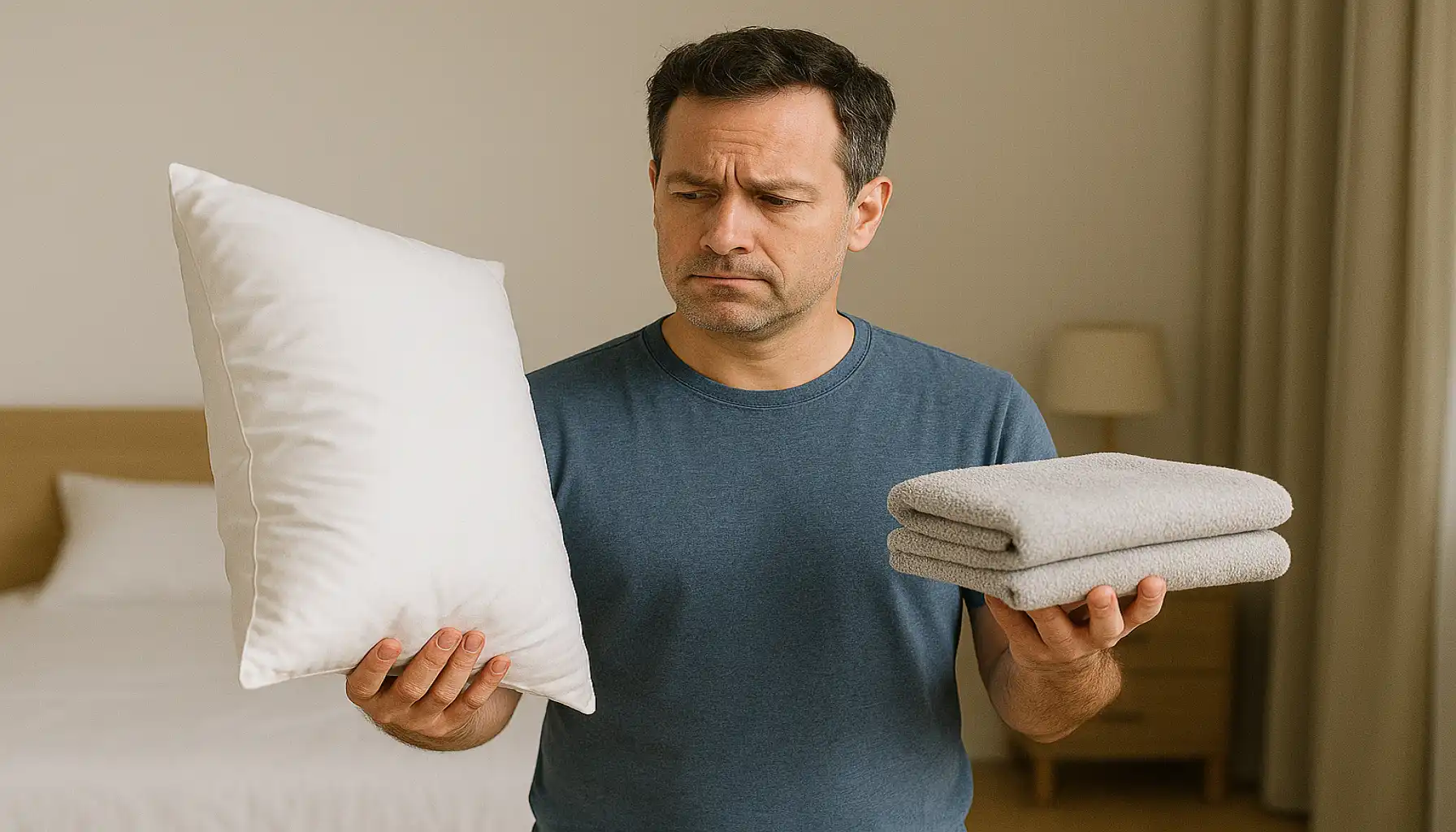
Complication: Perform squats, lunges, or raise your arms while standing on a platform.
Why it is useful: It actively engages stabilizer muscles, significantly improves muscle feeling (proprioception). Some brain gym bilateral coordination exercises are designed to integrate both sides of the brain for improved learning and focus.
Dancing
How to perform: Just dance! Turn on your favorite music and move. It doesn't matter if you can dance professionally or not. The main thing is to move freely, to the beat of the music.
Why it is useful: Dancing is one of the most natural and effective kind of exercise for coordination development, flexibility, rhythm, and, of course, self-expression.
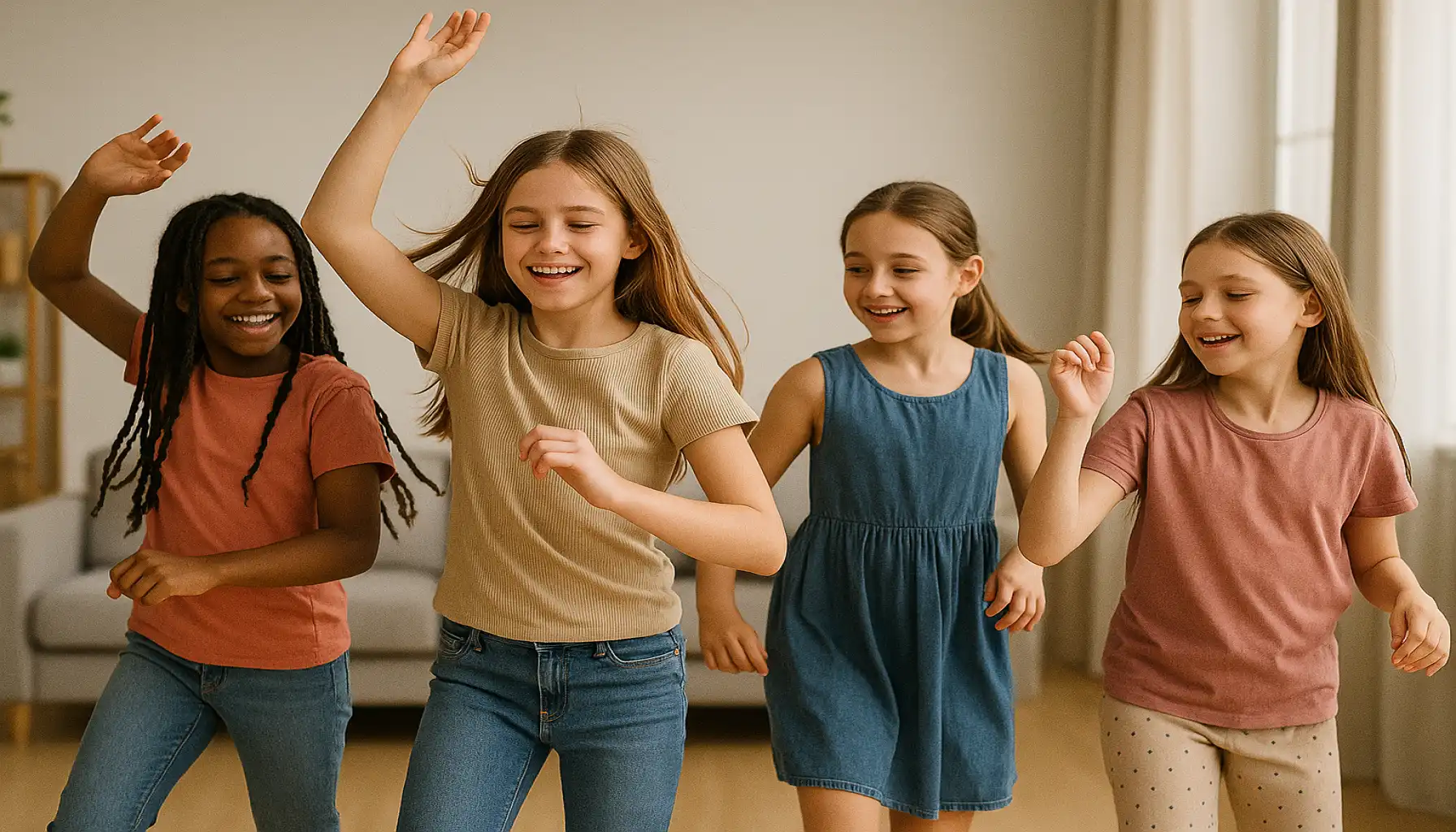
Tips for Effective Coordination Training
Listen to your body: If you feel pain, stop exercising.
Use a mirror: Sometimes it is useful to look at yourself in the mirror to check the correctness of your movements.
Turn on the music: Music will help you find the rhythm and make your workout more enjoyable.
Don't be afraid to experiment: Come up with the combinations of movements, look for new ways to throw and catch objects.
Do a warm-up and a cool-down: Always start your workout with a light warm-up to warm up your muscles, and finish with a stretching that helps your muscles to recover.
Practice with a friend: Working out together can be more fun and motivate you. Such routines are excellent exercises that display agility and coordination. Dribbling a soccer ball and shadow boxing are good examples of coordination exercises together.
How Often Should I Train?
For best results, try to do 15-30 minutes of coordination exercises 3-5 times a week. You can include them in your main workout or set aside a separate time. You can toss them into your main workout or set aside a bit of separate time. The big thing is to do them regularly – that's how you'll really see yourself getting better.
Try mixing up the movements, like stepping over small obstacles or just playing catch; it keeps things interesting and works different skills. When you start, focus on getting the movements right, not how fast you can go. You can speed up later. Honestly, even short bursts of practice can make a huge difference in how agile and balanced you feel over time.

When Should I Expect the Results?
As with any business, the results won't appear instantly. But with regular workouts, you'll notice improvements after just a few weeks. You will become more agile, your movements will become smoother, and the confidence in your body will increase. Activities that require precise movements, like threading a needle, are effective hand-to-eye coordination exercises
Conclusion
Improving body coordination and control is the way to a healthier, more active and confident life. No need to buy expensive equipment or go to the gym. Many of these eye-hand coordination exercises can be done right at home, using only your own body and perhaps a few simple objects.



